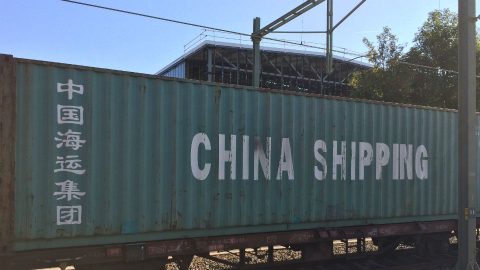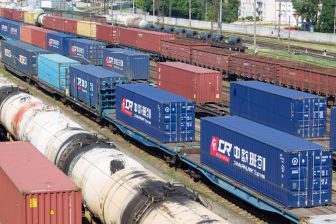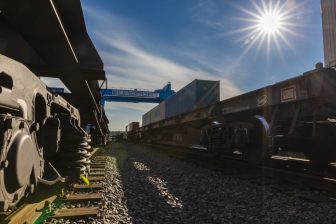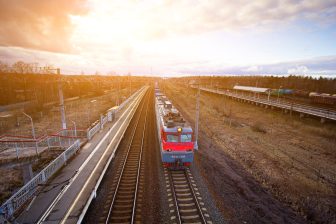
Is the China-Europe Express becoming a political weapon in the hands of China?
A freight train on the New Silk Road
ANALYSIS – China could use the China-Europe train as a political pressure tool against Lithuania by suspending rail freight between the two countries. This was recently claimed by industry experts. How could the China-EU train become a political counter-weapon, and is it feasible to use it in this way?
Do you want to read the full article?
Thank you for visiting RailFreight.com. Become a member of RailFreight Premium and get full access to all our premium content.
Are you already a member?
Having problems logging in? Call +31(0)10 280 1000 or send an email to customerdesk@promedia.nl.




